
Compiling some more fragments of my notes on Jan Švankmajer’s short films, I come to his second, a setting of Johann Sebastian Bach‘s Fantasia in G Minor (composed in 1708) to pictures.
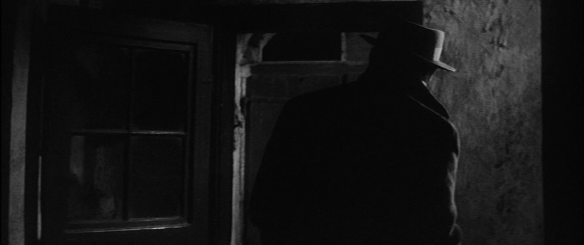
You might expect such a subversive artistic talent to display a chaos of form and content in his work, but time and time again, you’ll see that, even if the imagery is oblique and inscrutable, it is tightly structured, often with clearly defined beginning and ending – Švankmajer doesn’t confuse complexity or opacity of meaning with a lawlessness of form. This film begins with a beautifully lit sequence following an organist (although his identity is not initially apparent) to his seat before he begins playing.

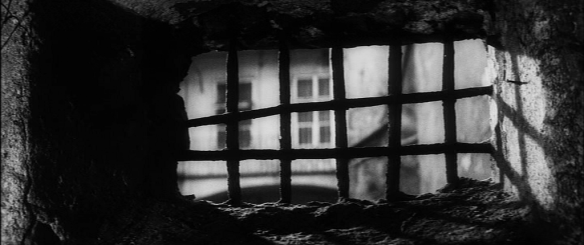
This prelude is followed by a montage of shots of locks, barred windows, and holes appearing or receding in stone and brickwork (achieved through by stop-motion animation). It is a rapid compilation of pictures which don’t accrete a coherent sense of space so much as a visual formula for confinement and stasis; Svankmajer often likes his films to provide inventories or collections of themed and arranged ojbects (I’m sure I’ll get round to writing about his Historia Naturae, Suita (1965) and The Ossuary (1970) at some point in the near future – both of them archive a compendium of anatomies inside tight formal structures), and this one is no exception.
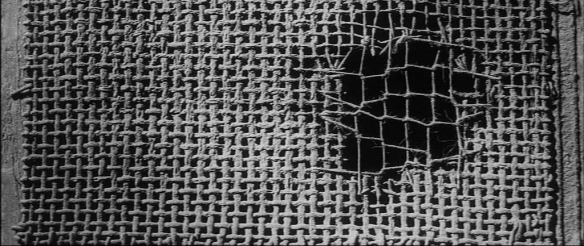
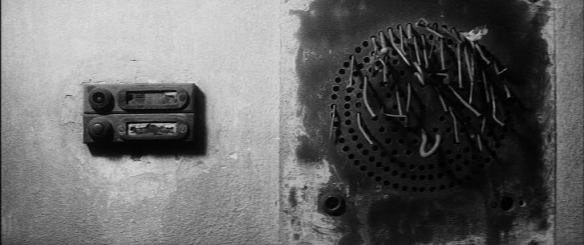
In the review of the BFI’s DVD boxset written for Film Quarterly, Adrian Martin suggested that Švankmajer’s films may be so densely packed, so traumatically loaded with visual information that they might be met with a new kind of engagement fostered by the DVD format, slowing them down to pore over the microscopic detail they offer. This is fascinating enough, and hopefully the frame grabs I’ve incorporated here are testament to the careful of arrangement of objects that rushes past the eye in one of his films, but there is also great power in the pile-up of pictures that barely allow time for consideration: your only chance is to spot the accumulation of connections and graphic matches rather than attempting to analyse the composition of each individual fragment.

It might seem customary for this kind of film to “interpret” the music visually, to take the perceived themes of the piece and select correlative images that help to reinforce those themes. Instead, it seems that Svankmajer has empowered the music in the same way that his animation gives agency and a defamiliarised significance to everyday objects. As the organist’s hands first attack the keyboard, the next cut is to two holes bored into stone, as if the channelling of the air through the organ pipes, the marshalling of bass notes, is enough to blast through walls and crumble the fabric of even the most static of objects.
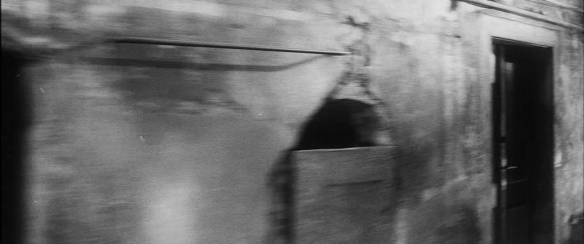
The compendium of locks and other barriers to movement is shaken loose by the music – whip pans dynamise the otherwise still pictures, and eventually the film ends with a montage of doors and windows swinging open, and an ecstatic tracking shot through the space. An earlier, sublime lateral tracking shot (see the first and last images of this post) traces scratches across masonry that seem to undulate like soundwaves along the walls. It is the most definite connection in the film between image and soundtrack, a premonition of how the film will suggest that music can affect the feeling of a place, the sense of an environment. It may be a perverse juxtaposition of Baroque music and decaying architectural squalor, but it reinscribes the humble location with the sounds of grace and order.
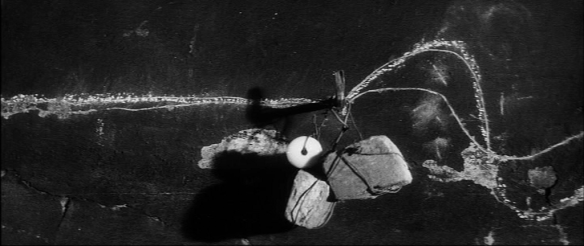

Pingback: New Look, Old Posts. « Spectacular Attractions
Very fine synopsis of Svankmajer’s Bach film, which I passed over a little indifferently, for more fantastical Svankmajer work, when I was younger. I thought Bach was too different, perhaps too much greater and complex an artist (arguable the greatest) to simply append highly textured tableaux and architectural features to and expect the two figures to dance as one. I’ve changed my mind now, seeing the film again (on Kimstim’s collection) so many years later. Maybe it’s my growth as a viewer, or just my regret that 16mm and other grain-based formats have left the building. The film seems cemented to its format now, and it makes me wonder if students and other young filmmakers are doing similarly inventive, richly abstract work with their Gocams, SLRs, etc. (they’ll always be drawn to weathered wood and rust and abandoned buildings: perennially photogenic stuff). In any case, Svankmajer transformed the surfaces without altering them materially – his process, evident throughout the film, is additive and subtractive, and involves the whip pans and tilts you mention, but doesn’t bring foreign elements of a fundamentally – one might say ontologically – different nature (i.e., the man is a surrealist, but he doesn’t use unreal color, and to my knowledge he never used CGI).